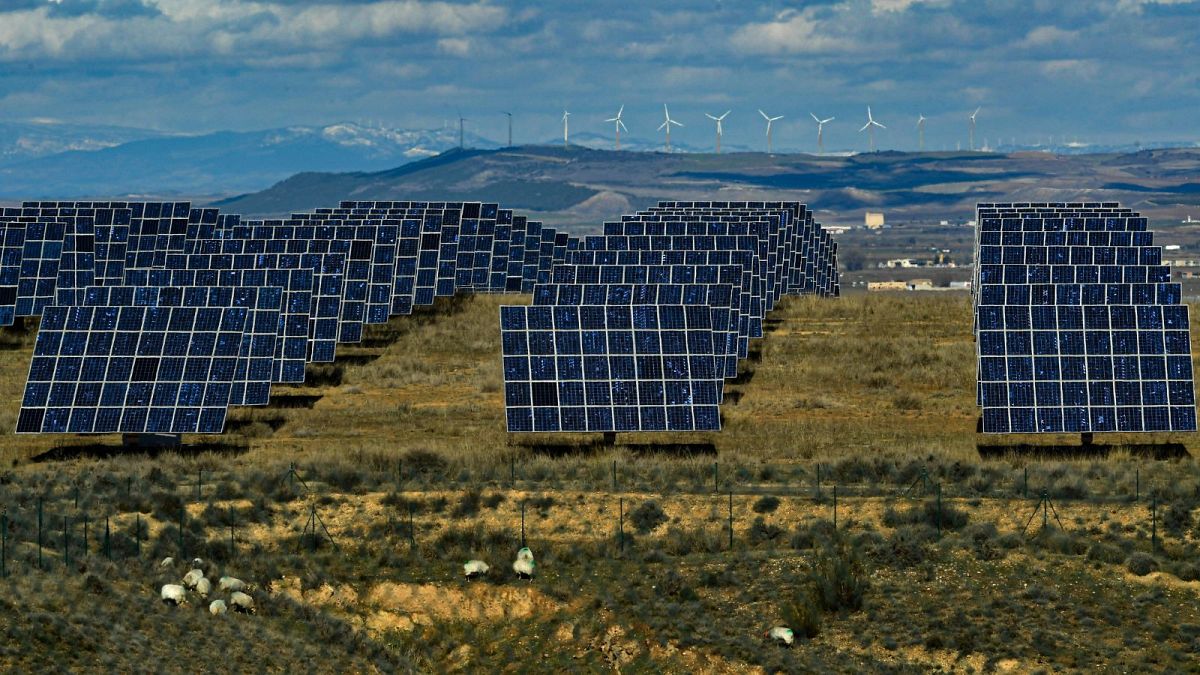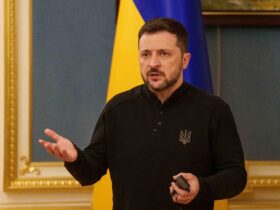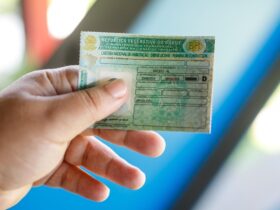If the world were divided into importers and exporters of fossil fuel, three bedrooms of us will live in the first.
This is in accordance with the new analysis of the Ember Reflection group, which emphasizes the energy security that comes from investment in renewable energy.
The ministers and leaders of the energy sector gather in London to the top of the International Energy Agency (AIE) about the future of energy security. This summit, which takes place from April 24 to 25, is a global attempt to face multiple energy problems.
“The fossil fuel is similar to renting a house, renewable energy is similar to your own house,” explains Dave Jones, director of the EXCBER global knowledge program.
“The difference is simple: with fossil fuel, the consumer continues to pay, prices got out of control, and the landlord can put an end to the contract when they want. Renewable energy is the initial investment, but provide long -term stability and independence. ”
The new analysis shows that energy chicken and solar energy They are ready to help more countries become “owners” from an energetic point of view.
What are the less dependent countries on fossil fuel?
According to Ember estimates, about 74% of the world’s population lives in countries that depend on the import of fossil fuel from other countries, based on AIE 2022.
This is a little less than search The previous one since 2018, when 80% of people lived in countries that were pure imports of fossil fuel. The changes are largely due to the fact that the United States has become a pure exporter in 2019 and were a long -term pure importer.
In total, only 12 countries provide 80 percent of pure export of fossil fuel, according to Excber.
Many countries depend on the import of fossil fuel for the vast majority of their global energy needs, including Japan (87%), Korea (81%), Turkey (69%) and Germany (67%). Spain and Italy are also distinguished as excellent importers in the analysis.
At the other end of the spectrum, China retained its dependence on relatively low imports, with 21% of its needs in energy, using national coal and electricity, while electrifying its economy.
Solar panels will pay themselves in just one year
“Although the infrastructure of pure energy may require initial investments, they free the countries from flying fuel imports and repeating costs, unlike fossil fuel, which are a constant economic channel that supports us depends on external power,” adds Jones.
Excber analysis concludes that the cost of imports Solar panel “Compensates” in just one year compared to the cost of gas imports in the electric center.
Gigavatta of solar panels costs $ 100 million (87 million euros), based on average prices of 2024. This is equivalent to importing enough gas for the production of the same amount of electricity per year.
But the import of fossil fuel is repeated expenses for countries. Therefore, solar panels are quickly paid for themselves. More than 30 years of the life of solar panels, the savings are equivalent to 30 -year costs of gas imports at the price of 2024.
The world transition to pure energy is accelerated, with 40% of grown electricity Of the low carbon sources last year, according to the analysis of Ember, conducted at the beginning of this month.
Analysts add that solar energy can already generate enough electricity to replace the global demand for gas gasoline.
How will renewable energies be taken into account in the plans of the energy security of Europe?
At the summit this week, organized by the State Secretary of the Energy Security and the British Net Zero, Ed Miliband and the Executive Director of AEE, FATIH BIROL – AIE should launch a new energy security structure, determining the main risks and capabilities of the recommended actions.
AIE has already played a significant role in determining the policy of the Carbonization of the EU, including the development of the EU European environmental agreement and the EU report plan.
Since the European Commission launched the REPOWEREU plan in May 2022, import LNG gasComed out of Russia decreased by 45% By 2021 to 19% in 2024. Renewable energy replaced gas and helped protect European countries from external prices.
“European leaders know that gas does not guarantee energy safety – we get into this trap until 2022,” says Julian Popov, the former Minister of Environment and the Environmental Environment and the senior member of the strategic perspective. “The pain of the Russian invasion of Ukraine made it clear that we would not fall into this trap.”
The EU seeks to achieve the general energy independence of Russia before 2027.
Birol and Milibend, undoubtedly, are emphasized, since they often made so that a successful energy transition and energy security go hand in hand.












Leave a Reply